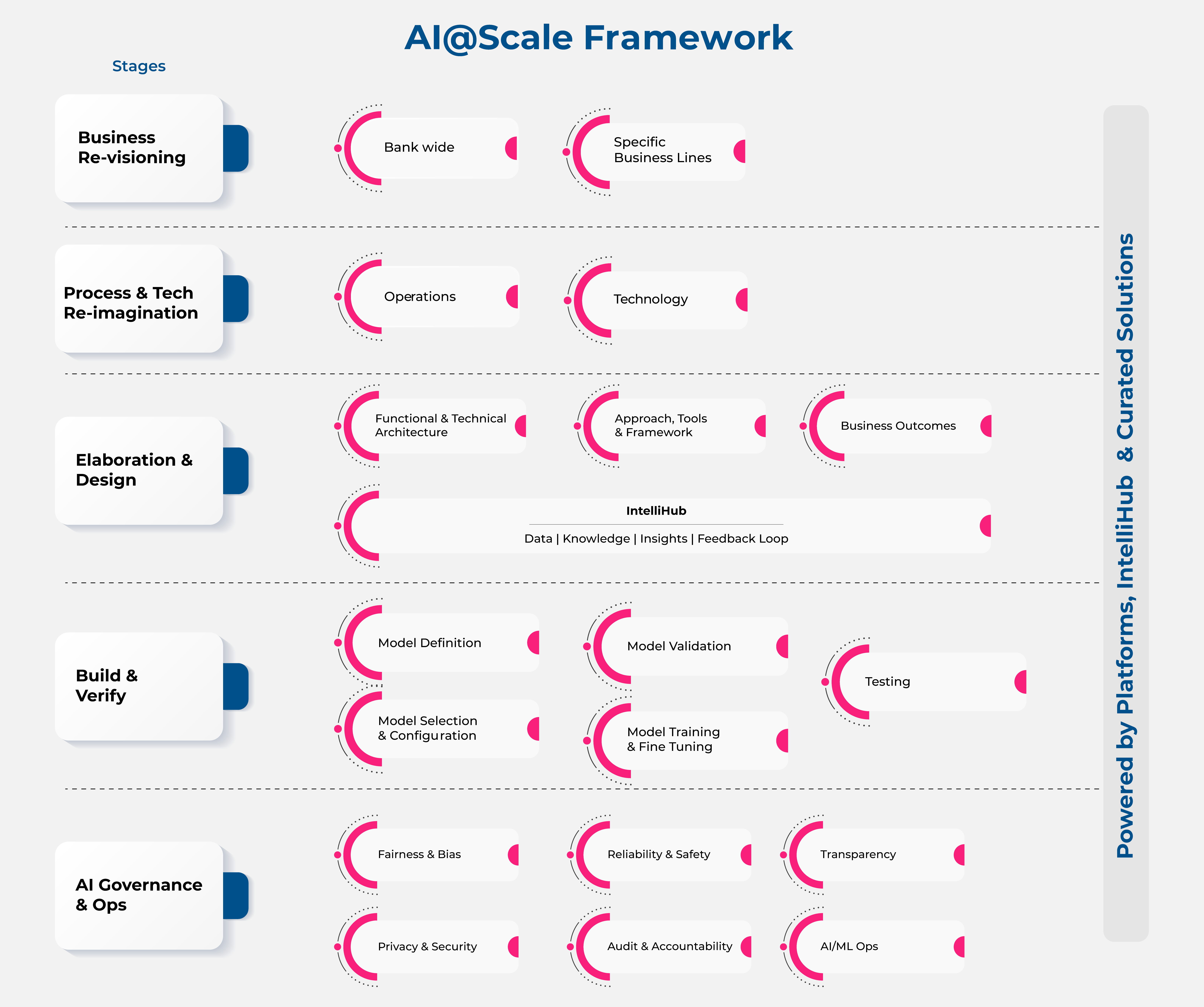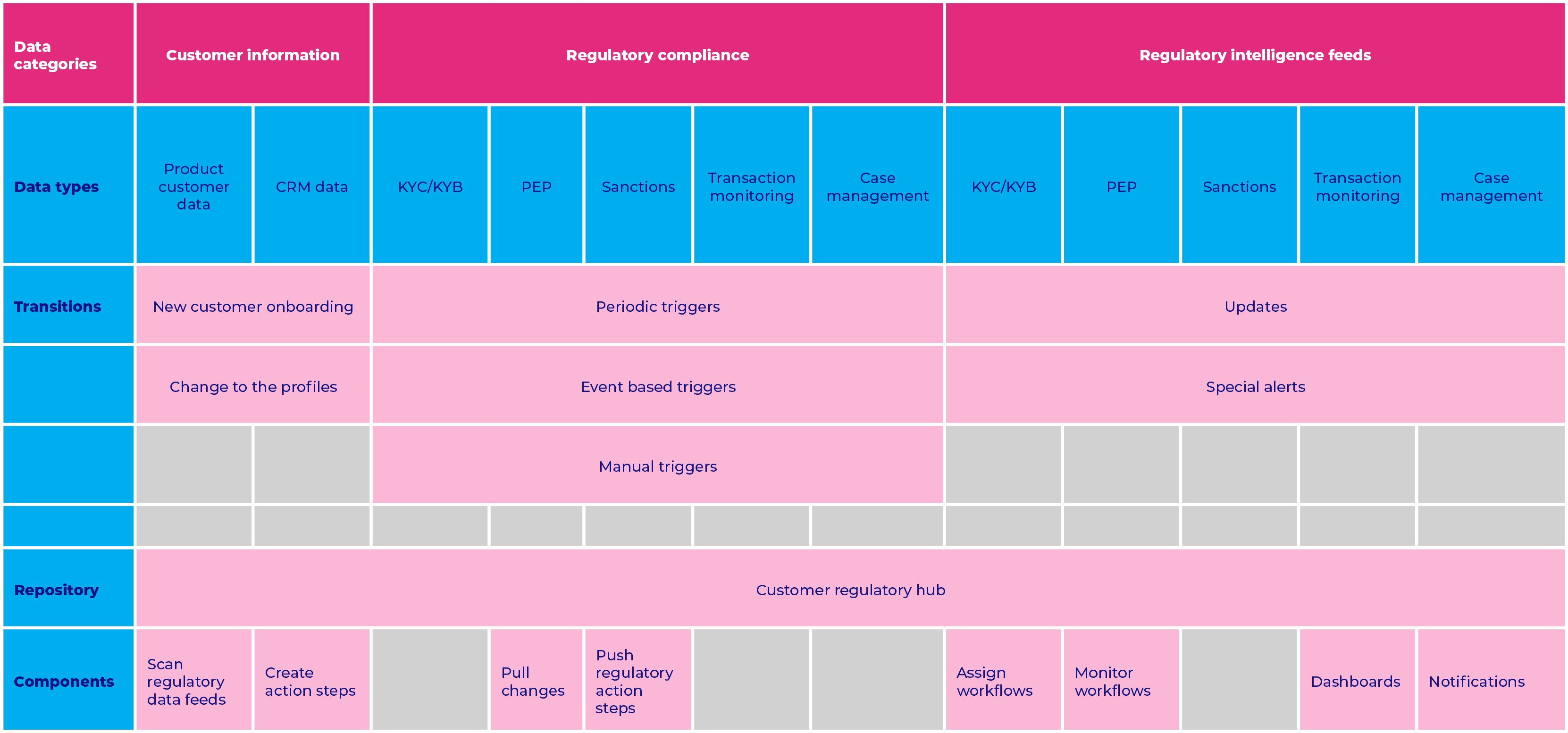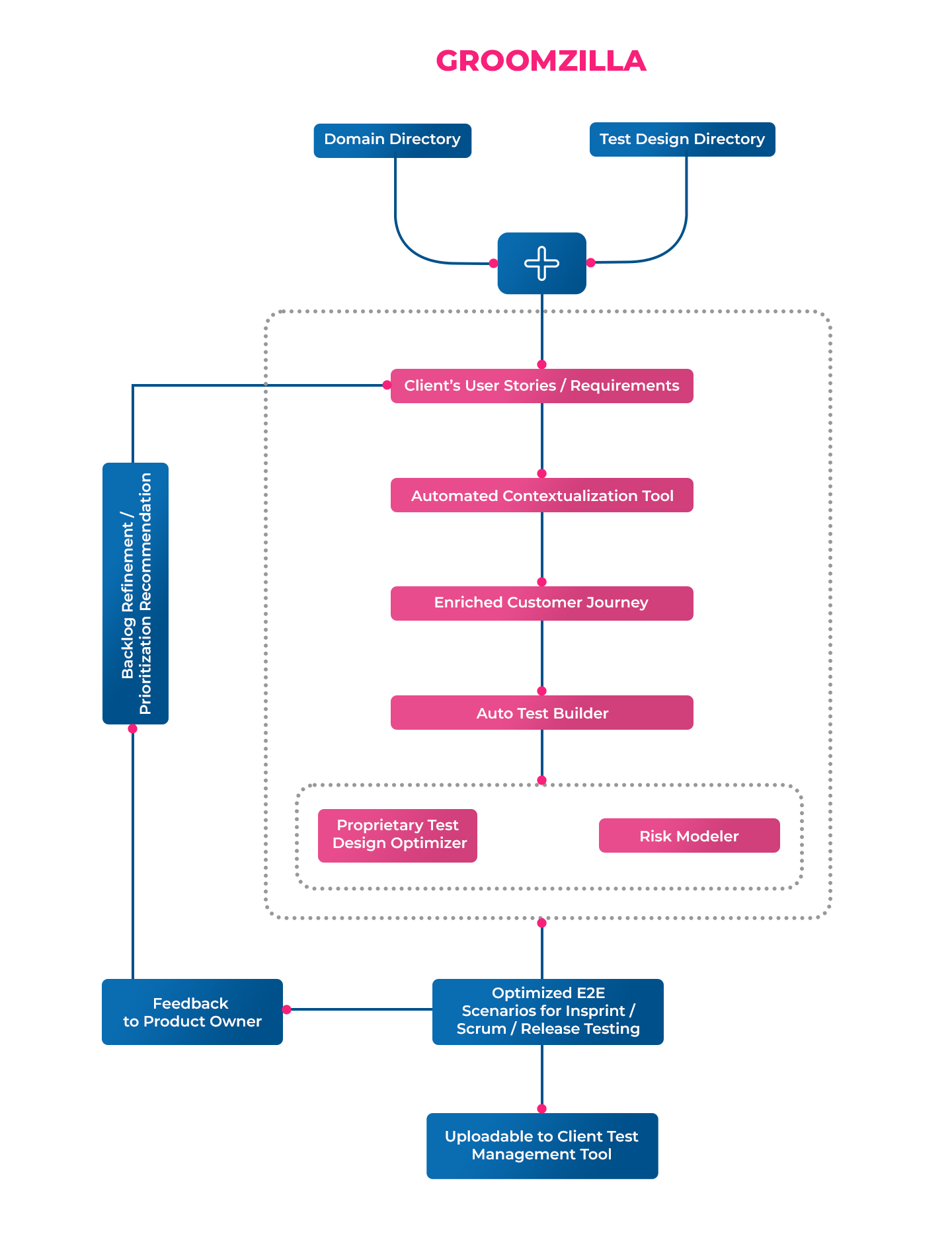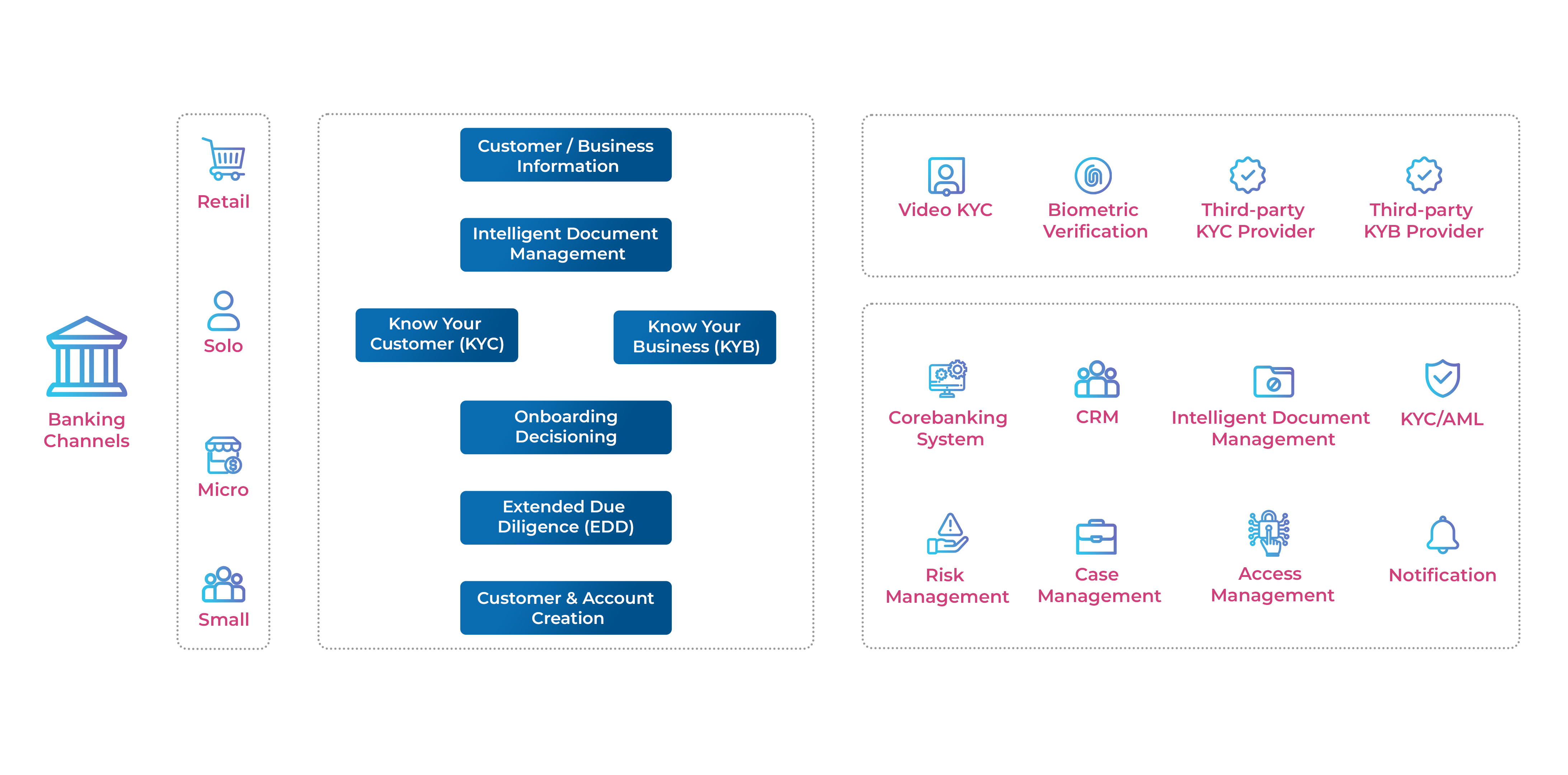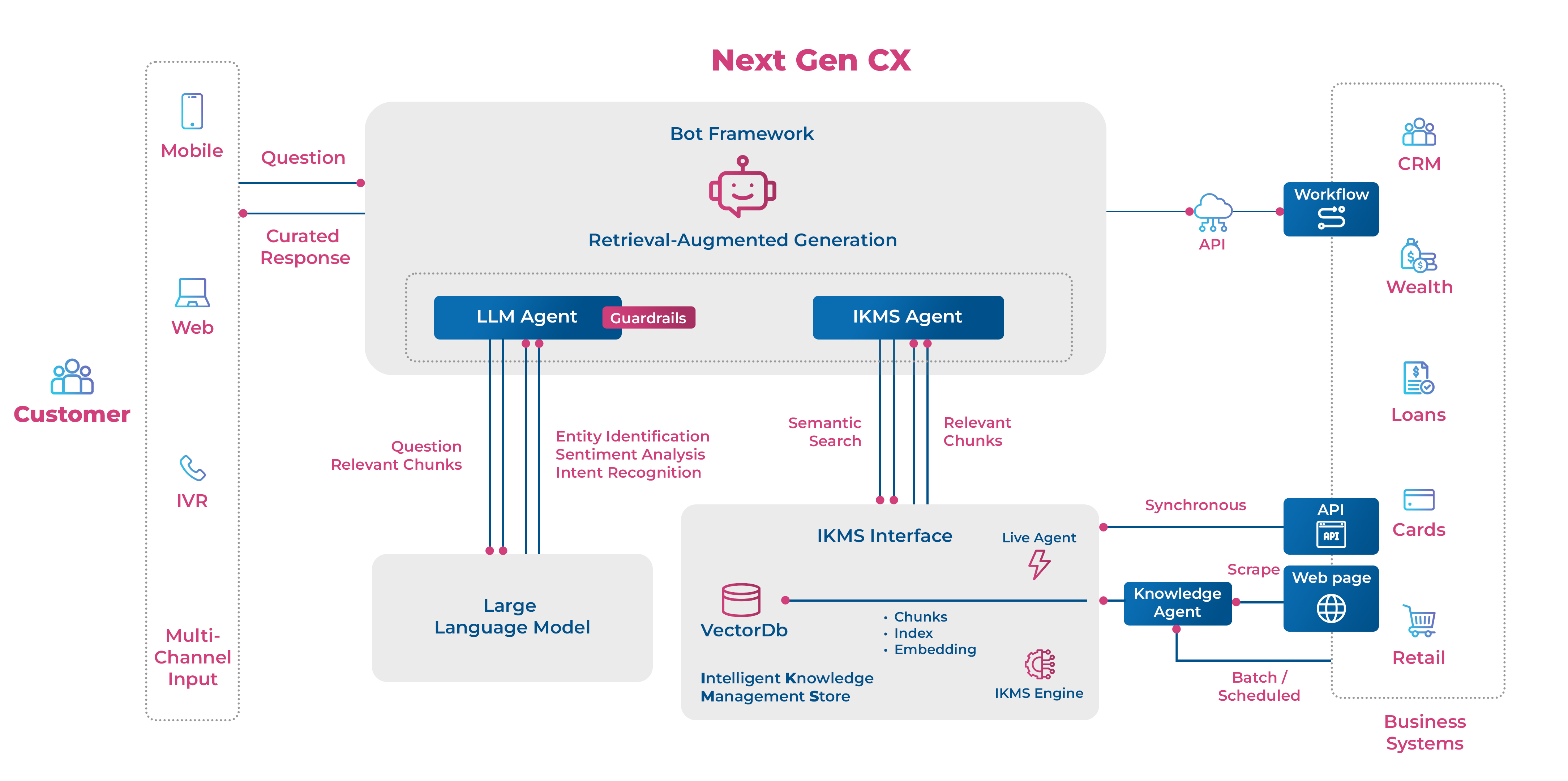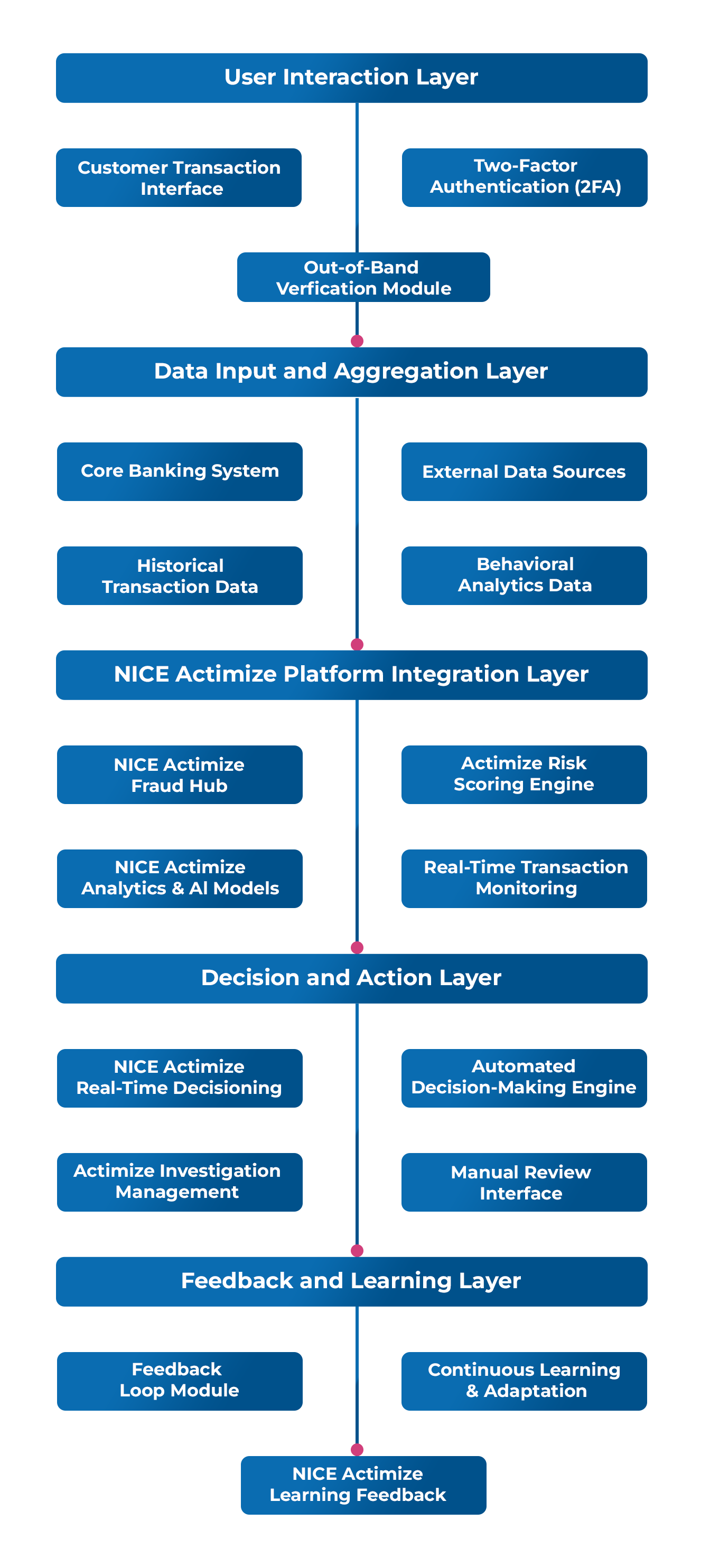Traditional banks have long been known for their complex structures—different teams handling different aspects of banking, which often led to slow product launches and delayed customer onboarding. While this model may have worked in the past, it is no longer sustainable in today’s digital-first financial landscape. Banks now face increasing pressure from agile fintechs that can launch products in weeks rather than months, offering customers a faster and more seamless experience. This expectation forces banks to rethink their operational models, particularly how they onboard partners and integrate new services.
The competitive gap between banks and fintechs isn’t just a technological issue it’s a structural and strategic challenge. Many traditional banks rely on outdated legacy systems, making integration with third-party providers time-consuming and costly. Manual processes, regulatory complexities, and lack of interoperability hinder their ability to respond swiftly to market demands. Partner onboarding has emerged as a crucial factor in helping banks break free from these silos and modernise their operations. Banks can accelerate innovation, reduce operational costs, and enhance the customer experience by streamlining the process of integrating FinTech partners, regulatory platforms, and payment networks.
Partner onboarding: The game-changer
Partner onboarding isn’t just about adding new vendors it’s about rethinking how banks operate. A strong partner ecosystem allows banks to:
Launch products faster
By integrating with payment networks, fintechs, and regulatory bodies, banks can cut product launch times from months to weeks.
Enable Real-Time Customer Onboarding
Self-service onboarding with digital KYC/KYB processes can help onboard corporate clients in 8-10 clicks, eliminating delays.
Reduce operational costs
Automated workflows and compliance-ready solutions lower manual effort, reducing errors and overhead costs.
Enhance revenue streams
API monetisation enables banks to charge partners for services like account aggregation, payments, and data access.
Meet Evolving Customer Expectations
Modern consumers, especially GenZ and Millennials, demand instant access to financial services, preferring seamless, digital-first onboarding with minimal manual intervention. Faster onboarding and seamless integration create a frictionless banking experience that keeps customers engaged.
Technology as the driving force
The right technology stack can make or break a bank’s ability to scale. Features like API gateways, AI-driven document and identity verification, biometric authentication, and automated KYC/AML checks enable faster, more secure onboarding. AI-driven real-time edge analytics leverage partner data to tailor onboarding workflows, optimise product recommendations, and reduce drop-off rates by offering a seamless, user-specific experience.
It is imperative that solutions seamlessly integrate with core banking, CRM, and risk management systems to ensure smooth operations. Scalability is also key. Cloud-based architectures using Docker and Kubernetes allow banks to expand their digital capabilities without completely overhauling legacy infrastructure. Whether deployed on-premises, in the cloud, or as a hybrid solution, modern partner onboarding platforms must offer flexibility and security.
What’s next for banks?
A recent Bain & Company study found that banks adopting partner-driven onboarding frameworks experience a 20-30% reduction in onboarding time and up to 25% savings in operational costs. These numbers highlight that partner onboarding is a necessity and no longer an optional enhancement.
The competitive banking landscape is shifting, and legacy systems can no longer support the demands of a digital-first world. To stay competitive, banks should adopt seamless partner onboarding solutions that enable quick and effective collaboration with fintech providers. Banks that modernise their systems by accelerating product launches, reducing costs, and delivering seamless, customer-centric experiences, will not only keep pace but lead, as breaking down silos is not just about improving efficiency it’s about ensuring long-term success in the financial industry.
About the Author
 As Vice President – Central Engagement at Maveric, Arindam heads the regional engagement team of North America region and works with regional growth and sales heads to prioritize account discovery and lead conversion. He is also responsible for designing innovative product solutions and elevating the digital landscape positioning.
As Vice President – Central Engagement at Maveric, Arindam heads the regional engagement team of North America region and works with regional growth and sales heads to prioritize account discovery and lead conversion. He is also responsible for designing innovative product solutions and elevating the digital landscape positioning.
Article Originally published in Express Computer



